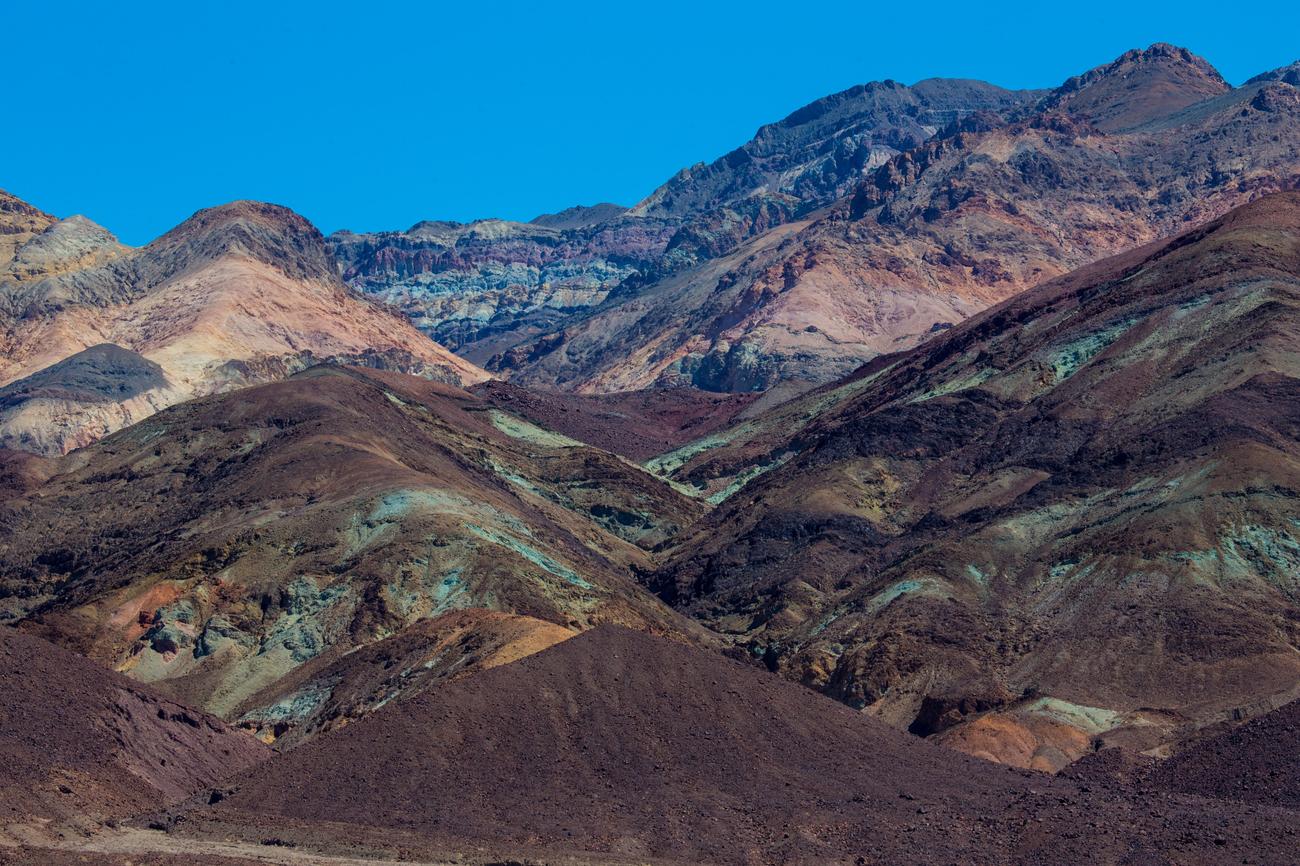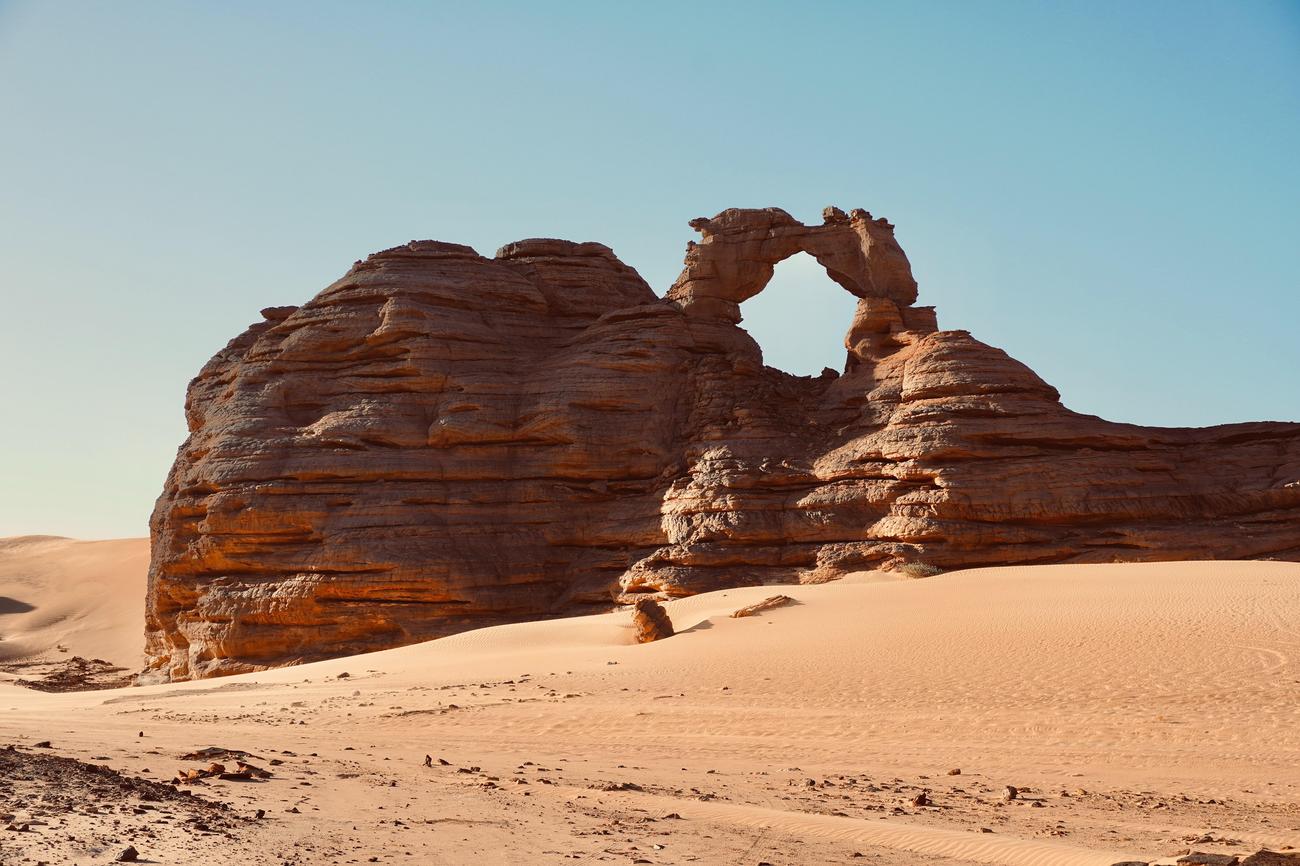Are you ready to embark on a fascinating journey into the depths of Earth’s geological wonders? Brace yourself as we unravel the mysteries of one of nature’s most captivating creations – granite. In this article, we will delve into the mesmerizing world of granite’s geological processes, peering into the intricate workings of Mother Nature herself. From the formation of granite to its evolution over time, prepare to be astounded by the incredible forces that shape these granite formations. Join me as we uncover the secrets hidden within the very core of our planet, exploring the astonishing marvels of the geological processes of granite.

Geological Processes of Granite
Granite, a magnificent rock formation admired for its beauty and durability, holds within it a captivating tale of geological processes. In this article, we will embark on a journey to unravel the intricate workings of nature’s marvels, exploring the geological processes of granite and unveiling the secrets it holds.
Understanding the Birth of Granite
To comprehend the geological processes behind granite formation, we must first delve into its origins. Granite originates from the slow cooling of molten rock, or magma, deep within the Earth’s crust. This magma, situated between the mantle and crust, can either flow towards the surface or remain trapped beneath it. If the magma fails to find an escape route, it will begin the transformative journey towards becoming granite.
“Granite formation is an extraordinary process that begins with the eruption of lava but requires a specific type of lava known as rhyolite, which can be found on land but not underwater,” explains the actforlibraries.org. This unique lava composition, consisting primarily of silica-rich minerals, sets the stage for the birth of granite.
The first step in this transformative path occurs when continental rocks are subjected to incredibly high temperatures. This heat source, often accompanied by the addition of volatiles such as water and carbon dioxide, triggers the rocks to undergo a process called melting. As the rocks melt, magma with the same chemical composition as granite, known as granitic magma, is formed.
“Imagine this process as nature’s alchemy, where continental rocks are transformed into a molten blend of minerals, ready to shape the future formations of granite,” weaved in the topscabinet.net. It is within this molten blend that the geological processes take their course, sculpting the stunning formations we admire today.
A Symphony of Transformation: The Journey of Granitic Magma
As the granitic magma is born, the geological processes of granite progress, orchestrating a symphony of transformation. Let us now witness these processes unfold, step by step:
1. Crystallization:
As the granitic magma cools, the minerals within it begin to crystallize in an orderly fashion. This crystallization process gives rise to the characteristic interlocking pattern of minerals that makes granite so captivating. Over time, minerals such as quartz, feldspar, and mica form within the magma, gradually solidifying it into a coarse-grained rock.
2. Pluton Formation:
As the cooling and crystallization continue, the granitic magma evolves into a large igneous intrusion known as a pluton. Plutons can assume various shapes and sizes, ranging from expansive batholiths to more localized dikes and sills. These plutons are pivotal in shaping the distribution and abundance of granite formations in different regions.
3. Two-Way Street:
Amidst the geological processes of granite, an intriguing phenomenon occurs. While granite formations are born from the melting and solidification of continental rocks, they can also act as a source of melted rocks themselves. Through subsequent geological events, such as mountain-building processes, granite can remelt and re-enter the cycle of geological processes, perpetuating the dynamic evolution of our planet.
As we witness the captivating transformation of granitic magma, it becomes clear that “the geological processes of granite craft an enchanting tale of creation and re-creation, forever entangled in the intricate tapestry of Earth’s history,” as eloquently described by the actforlibraries.org.
The Significance of Granite in Geological Contexts
Granite’s geological significance extends far beyond its aesthetic allure. Its formation and distribution provide crucial insights into Earth’s processes and histories. Let us explore some key aspects of granite’s geological context:
1. Tectonic Signposts:
Granite formations often act as signposts, indicating the presence of tectonic activity and the convergence of continental plates. By studying the age and distribution of granite, geologists can unravel the complex movements and collisions that have shaped our planet over millions of years.
2. Mineral Potential:
Granite’s mineral composition makes it a target of interest for mining exploration. It hosts a wide array of valuable minerals, including quartz, feldspar, and mica. Understanding the geological processes that lead to the concentration of these minerals can guide mineral exploration efforts and uncover new resources.
3. Engineering Marvels:
Due to its durability and strength, granite is widely utilized in the construction industry. Bridges, countertops, and monuments bear testimony to its resilience. Knowledge of the geological processes behind granite’s formation aids engineers in selecting suitable materials and designing structures that withstand the test of time.
In conclusion, the geological processes of granite unravel a tale of transformation, resilience, and deep time. As we gaze upon the intricate formations and diverse patterns displayed by granite, let us remember the incredible processes that forged these wonders of nature. Through our unwavering curiosity and passion for understanding the Earth’s processes, we continue to unveil the mysteries hidden within the geological realms of granite.
“Amidst the geological symphony, granite emerges as nature’s masterpiece, an everlasting testament to the intricate workings of our awe-inspiring planet.” – Your Name
Fun Facts About Granite Stone:
Did you know that granite is one of the oldest and hardest stones on Earth? It has been used for centuries in various construction projects and is renowned for its durability and beauty. If you’re curious to learn more intriguing details about granite, check out our collection of fun facts about granite stone. From its fascinating formation process to its diverse range of colors and patterns, there’s so much to discover. So why wait? Click here to dive into the world of granite and uncover its secrets: Fun Facts About Granite Stone.

FAQ
Question 1: What is granite and how is it formed?
Answer 1: Granite is an igneous rock that forms from the slow cooling of molten rock, or magma. It is created when continental rocks melt due to high heat and the addition of volatiles such as water and carbon dioxide. This molten rock, known as magma, often flows towards the surface and can solidify as granite if it does not find an escape route. Granite formation is sparked by lava eruptions, but it requires lava with the same composition as granite (rhyolite), which is only found on land and not produced by oceanic volcanoes.
Question 2: What are the geological processes involved in the formation of granite?
Answer 2: The formation of granite involves several geological processes. Firstly, continental rocks undergo melting due to high heat and the addition of volatiles such as water and carbon dioxide. This magma, formed from the melted continental rocks, finds its way towards the surface. If it does not escape and cools slowly, it solidifies as granite. The slow cooling process allows for the growth of large mineral grains, giving granite its characteristic texture.
Question 3: How is granite different from other types of rocks?
Answer 3: Granite differs from other types of rocks in several ways. Firstly, it is an igneous rock, meaning it forms from the cooling and solidification of magma. Granite also has a unique composition, consisting mainly of quartz, feldspar, and mica minerals. Its mineral composition gives granite its distinct appearance and durability. Additionally, granite is typically found in continental crust rather than oceanic crust, as it requires specific conditions and composition for its formation.
Question 4: What is the significance of granite in geological contexts?
Answer 4: Granite plays a significant role in geological contexts due to its formation and composition. It serves as an indicator of continental crust and can be used in understanding the tectonic processes involved in the formation of mountains and continents. Granite also acts as a host rock for various mineral deposits, making it economically important for mining activities. Additionally, granite is used as a building material and has cultural significance in architecture and monuments.
Question 5: How do geologists study and analyze granite formations?
Answer 5: Geologists study and analyze granite formations through various methods. They examine the mineral compositions of granite samples using techniques such as petrographic microscopy and X-ray diffraction. Field surveys and mapping are conducted to understand the distribution and extent of granite formations. Geologists also analyze the geochemical signatures of granite to unravel its metamorphic history and the processes involved in its formation. This multidisciplinary approach allows for a comprehensive understanding of granite and its geological significance.
“`json
“`
- Unlock 6000+ words beginning with he: A comprehensive analysis - April 20, 2025
- Mastering -al Words: A Complete Guide - April 20, 2025
- Master Scrabble: High-Scoring BAR Words Now - April 20, 2025
















